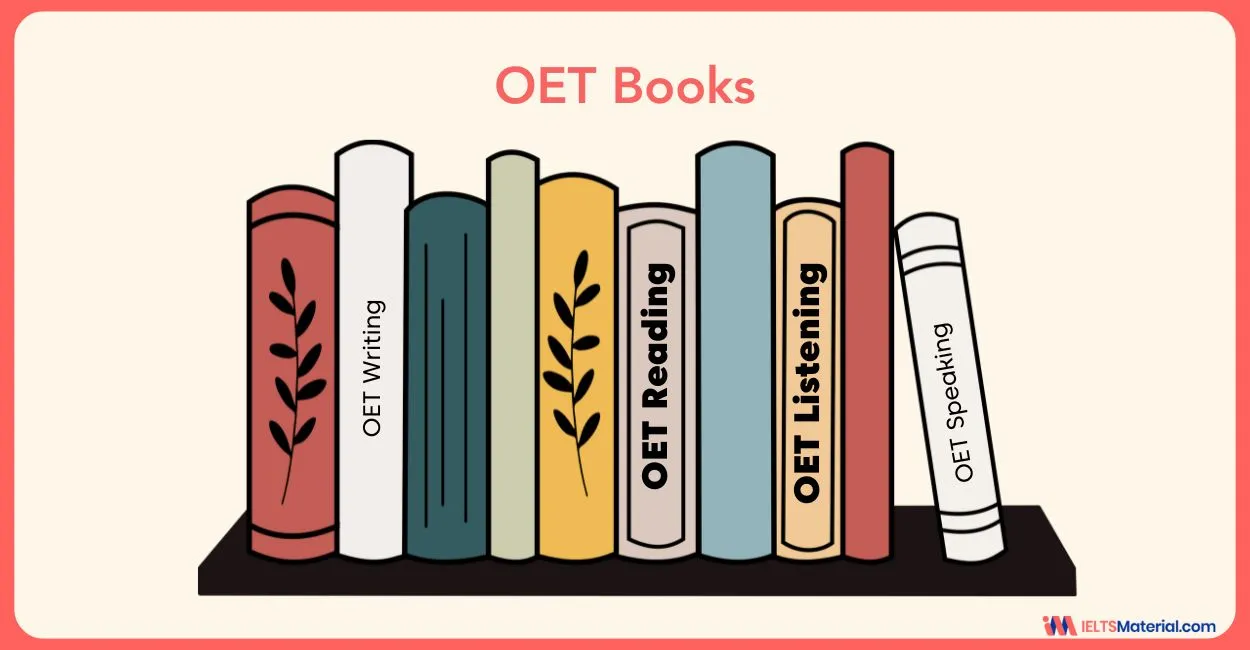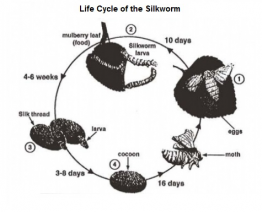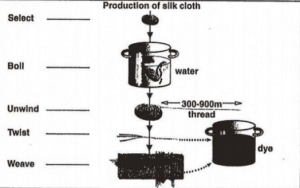Life cycle of the Silkworm and the Stages in the Production of Silk Cloth - IELTS Writing Task 1
3 min read
Updated On
-
Copy link
In IELTS Writing Task 1 process diagram, such as the silkworm's life cycle and silk cloth production, you have to describe stages from egg-laying to silk cocoon formation as well as silk cloth production steps like boiling, unwinding, twisting, & dyeing.
Table of Contents

Try AI Essay Checker for Instant Band Score
In the writing module of IELTS Academic, candidates are often presented with a process diagram that illustrates a sequence of events or steps involved in a natural process like ‘Life cycle of the Silkworm and the Stages in the Production of Silk Cloth’. This type of task requires candidates to describe and explain the stages depicted in the diagram, highlighting key features and significant trends.
For many IELTS examinees, the IELTS Writing Task 1 of the Academic exam proves to be an intimidating undertaking. In such cases, practice plays a pivotal role in honing the skills necessary for tackling process diagrams. Therefore, it is important to engage in regular practice through IELTS Writing practice tests, and familiarize oneself with the common structures and language used in such diagrams along with developing the ability to articulate a clear and coherent description of the processes depicted.
To help you polish your writing skills before taking the IELTS, we have offered well a sample answer on the IELTS process diagram topic, ‘Life cycle of the Silkworm and the Stages in the Production of Silk Cloth’.
Question
You should spend about 20 minutes on this task.
The diagrams below show the life cycle of the silkworm and the stages in the production of silk cloth.
Summarize the information by selecting and reporting the main features, and make comparisons where relevant.
Write at least 150 words.
Report Plan
Paraphrase: Paraphrase the topic sentence.
Overview: Mention the main features of both images and give an overview of the process depicted in both images.
Paragraph 1: Elaborate on the different stages of the life cycle of a silkworm.
Paragraph 2: Elaborate on the different stages of silk cloth production.
Sample Answer
The two given images depict the life cycle of the silkworm and the process of producing silk cloth.
The life cycle of a silkworm has 4 primary stages, beginning with the laying of eggs by the silk moth and ending with the formation of the silk cocoon. Similarly, silk cloth production also has different stages that begin with the selection of silk thread shells and end with the dying process.
The life cycle of a silkworm commences when the silkmoth lays its eggs on mulberry leaves. The larvae hatch from the eggs in 10 days, and in 4-6 weeks, the larvae eat the mulberry leaves and form silk thread shells. The larvae remain in the silk thread shells for 3-8 days, creating an oval cocoon. In 16 days, the silk moth appears from the cocoon, and the cycle repeats itself.
In the production of silk cloth, firstly, the silk thread shells are selected and boiled in water. Subsequently, these shells are unwinded into 300-900m long threads, which are twisted and dyed. The threads are then weaved and dyed once more.
Practice IELTS Writing Task 1 based on report types

Start Preparing for IELTS: Get Your 10-Day Study Plan Today!
Recent Articles

Nehasri Ravishenbagam

Nehasri Ravishenbagam

Kasturika Samanta







Post your Comments